You may be eligible for ECO funding to help with pitched roof insulation
The government has funding available for those that meet certain criteria to help cover the costs of improving your home insulation.
learn more
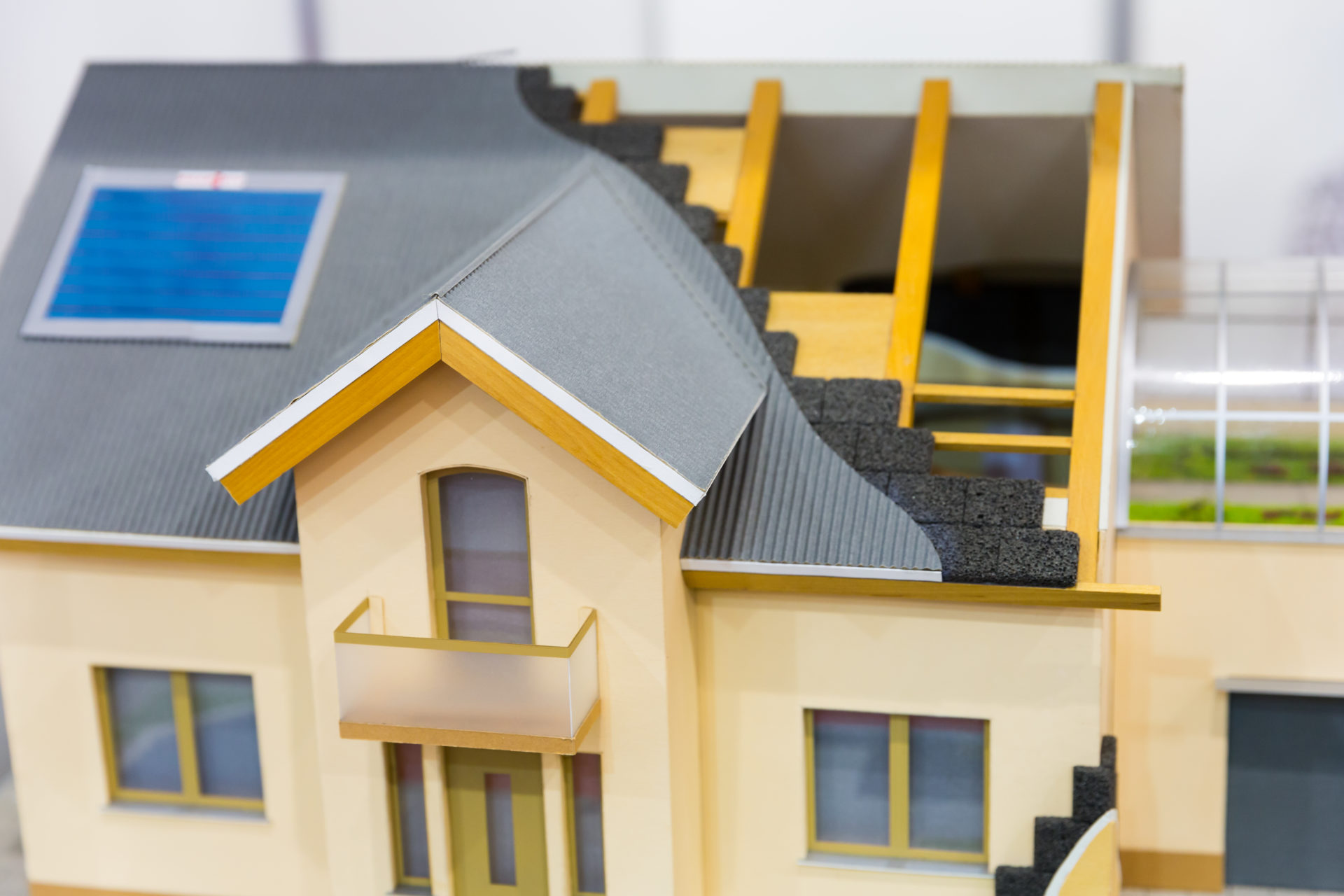
A pitched roof is any roof type that slopes downwards, usually in two parts at an angle from its central ridge, although sometimes in one whole part from one edge from another.
The pitch of a roof is based upon its vertical rise and then divided by the horizontal distance and is an overall measurement of its steepness.
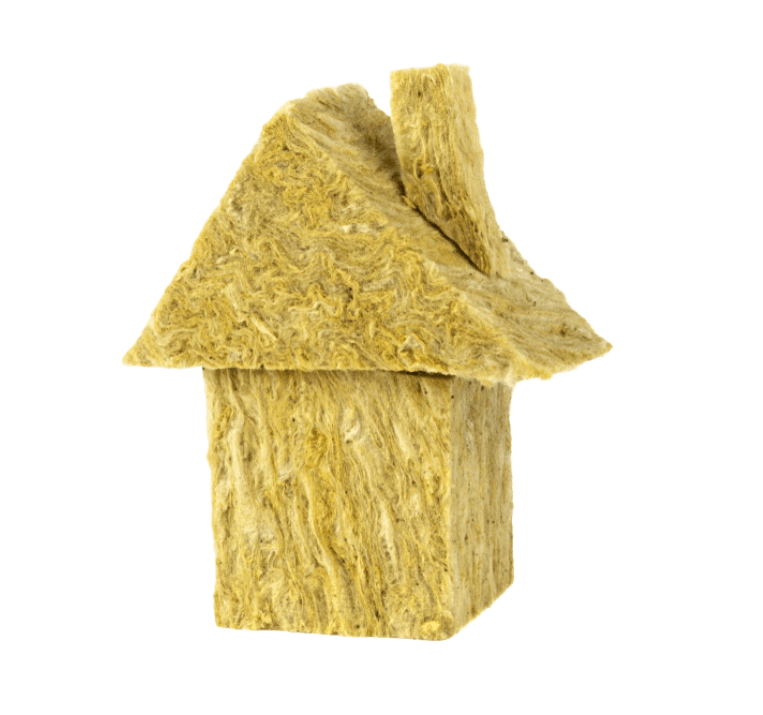
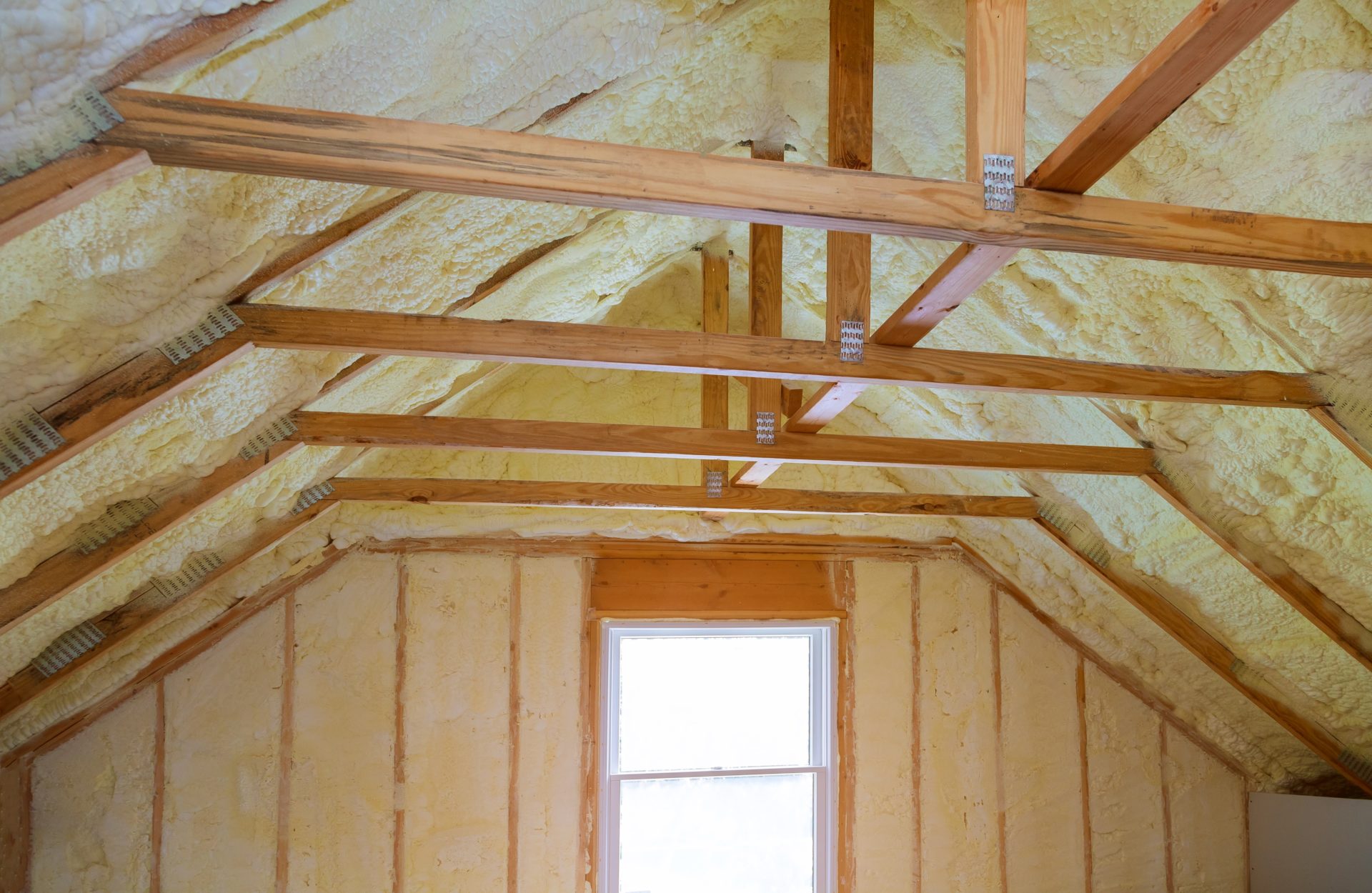
There are two terms to be aware off when thinking of pitched roof insulation – ‘cold roof’ and ‘warm roof’ insulation. The term ‘cold roof’ is used to describe insulation in a pitched roof that installed at the level of a horizontal ceiling of the top floor. This leaves the loft space unheated above the installed insulation. Alternatively, ‘warm roof’ insulation describes the insulation that is installed between or under the timber roof rafters. This ensures that the entire space under the roof is heated.
There are four ways to insulate a pitched roof, and this is done either at ceiling level or rafter level.
The first method is an ‘installation from above’ where the roof coverings are temporarily removed above the sloping ceiling. The insulation is then installed between the roof rafters whilst maintaining an air gap between the insulation and the roof covering. The insulation used here can be the same insulation used within the existing roof space. This method provides effective and compatible insulation as well as providing full access and opportunity to achieve the highest standard of installation.
Alternatively, we can install your insulation by pushing it downwards from the roof space. This maintains an air gap between the sarking and the insulation. Rigid foam boards are the easiest to install in this instance. However, this would make it difficult to achieve a full, airtight fit and they do not have the same thermal performance that mineral wool can provide.
If that doesn’t sound right for you, we can remove your existing sloping ceilings and replace them with insulated ceilings. This helps to maintain a ventilating air gap between the roof sarking felt and insulation. This method ensures minimal disruption to your family life and offers a reduced cost. However, it can be difficult to work from the underside of the ceiling and the tightest fit can’t be guaranteed.
Finally, we can apply insulation boards to the underside of the existing sloping ceiling. This is less expensive than removing the ceiling or roof coverings and the remaining air gaps can be preserved. Although, it should be considered that future removal can cause extensive damage and the thickness of the insulation will be limited due to the floor to ceiling height and the presence of current windows and doors.
The government has funding available for those that meet certain criteria to help cover the costs of improving your home insulation.
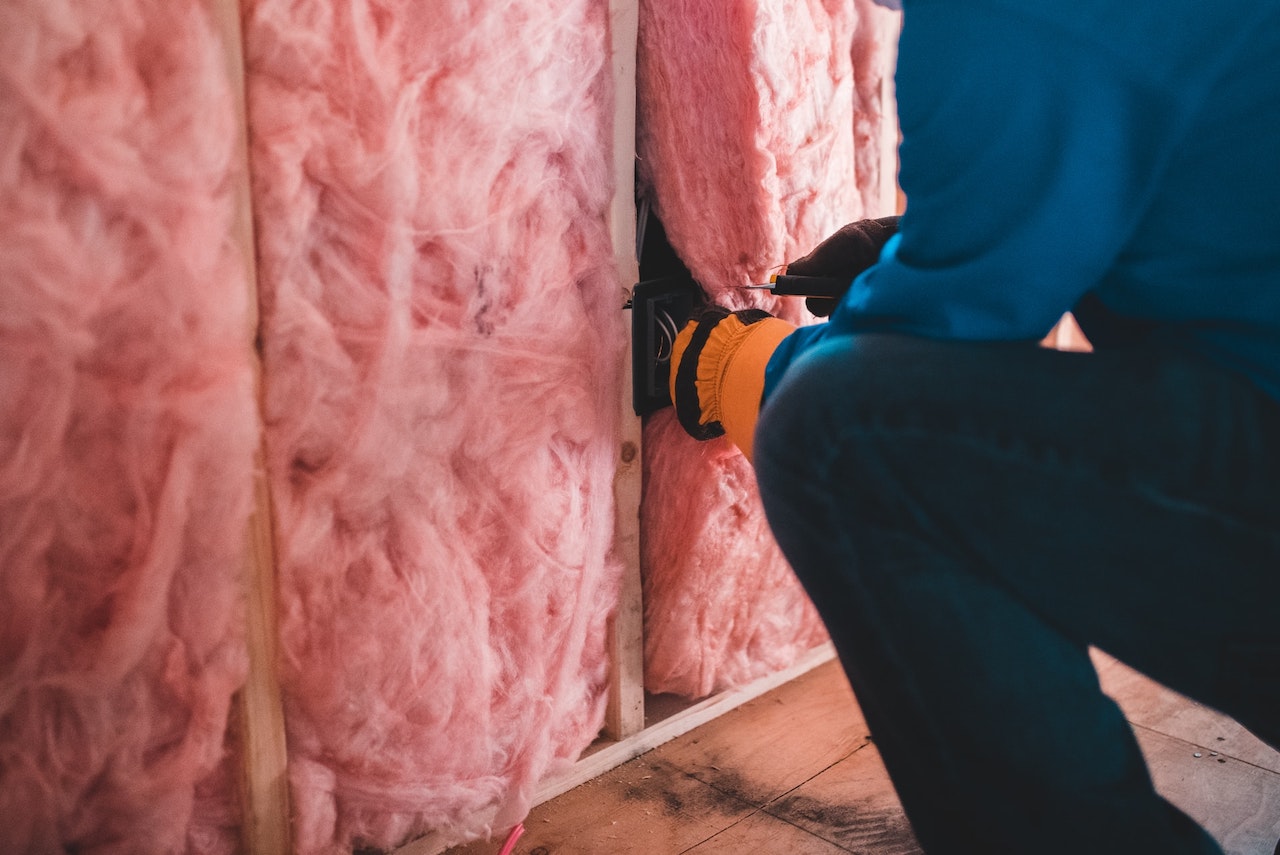
Mineral wool provides the best thermal, soundproofing and fire performance when compared to rigid foam boards and installed to insulate between the rafters in your roof.
Mineral wool is installed between your roofs rafters and provides the best seal, this prevents any gaps that would be associated with rigid foam boards and ensures maximum thermal efficiency.
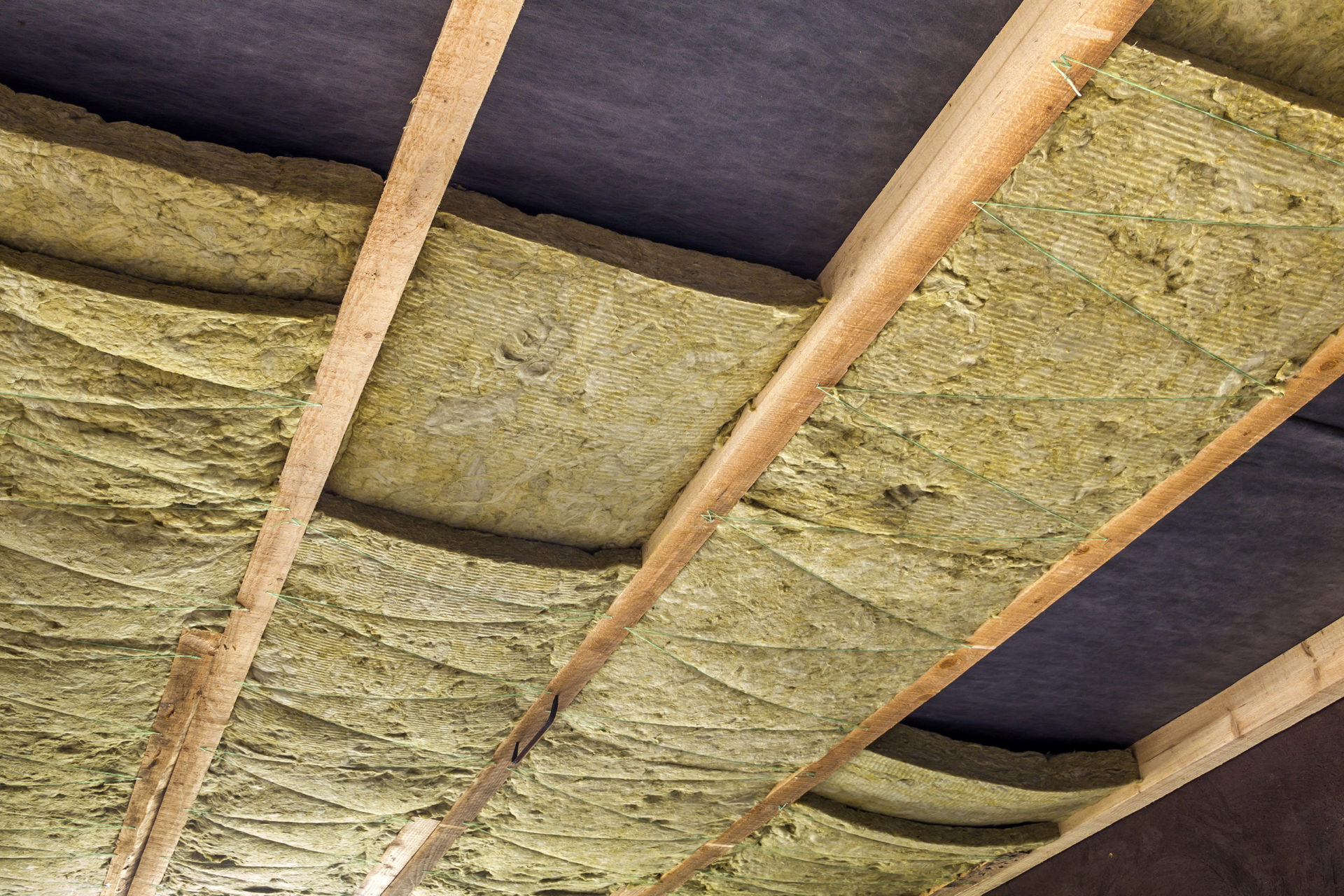
We would usually advise that the insulation is installed both between and above the rafters or alternatively, between and under the rafters.
It is beneficial to insulate the underside of a pitched roof to conserve heat when the space is intended to be used for anything other than storage. Prior to the installation of insulation to the sides of a pitched roof, any repairs that require attention should be inspected. This is because once the insulation is fitted it will be difficult to identify leaks or damage to the roof and you run the risk of the leak soaking into the insulation. The addition of another layer of insulation provides an extra advantage in which it minimises the effect of cold bridging through the rafters as heat will be lost at a faster rate through the rafters than it will be through the insulation itself.
U-value is a measure of heat transfer, either heat gain or loss, and is assigned to different sections of your home to determine how effective it is in preventing heat transmission. The lower the U-Value, the more energy efficient your insulation will be.
Dependent on your existing space available, the achievable U-Values for an insulated pitched roof are between 0.18 W/m2k for older properties and 0.11 W/m2k for newer build properties.
An Insurance Backed Guarantee (IBG) is an insurance policy that protects your original guarantee provided by us as an installer. We offer an IBG to provide you with additional peace of mind that in the unlikely event we cease to trade, you will still be able to make a claim under the terms of our original guarantee, subject to terms and conditions.
The IBG’s are registered and paid for by Zerofy as the installer and provide you with cover for up to a 10-year period.
Zerofy will register you via the scheme for an IBG that protects your original guarantee. This ensures that any legal claim under that guarantee is assured to be met by the insurers.

If you have read through our points above but remain unsure whether pitched roof insulation will be right for your home, then you can chat with our team today.
We understand how confusing it can be when you are looking to decide on the right energy saving solution for your home.
So, our team are on hand to answer all your questions.
"*" indicates required fields